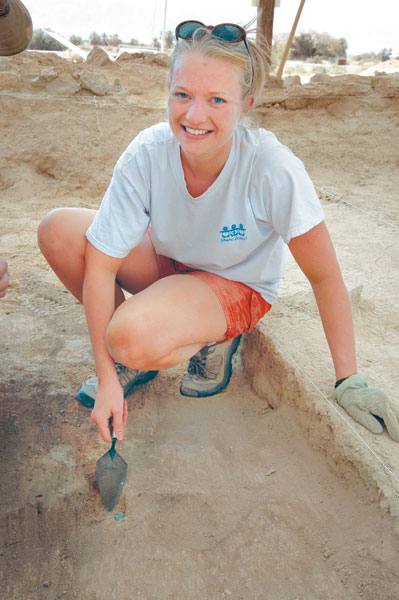
Bethsaida
Few places evoke the New Testament as much as Bethsaida, a town on the northeastern shore of the Sea of Galilee that was the birthplace of at least three of the 12 apostles and the place where Jesus fed the multitude (Luke 9:10–17) and restored sight to a blind man (Mark 8:22–26). The Romans destroyed Bethsaida during the First Jewish Revolt of 66–70 A.D., leaving its location a mystery until 1987, when Rami Arav (University of Nebraska at Omaha) explored an area that today is somewhat north of the Galilee but which he suspected had been on the shoreline in ancient times. His hunch proved correct: He found a Hellenistic-Roman city in which he uncovered Roman-era fishing implements. Nine years later he discovered, to his surprise, the remains of an Iron Age city buried beneath the Hellenistic-Roman town, which is likely to have been the capital of the kingdom of Geshur. This season Arav and co-director Richard Freund (University of Hartford) will continue work on the Iron Age city.
Already a library member? Log in here.
Institution user? Log in with your IP address.

